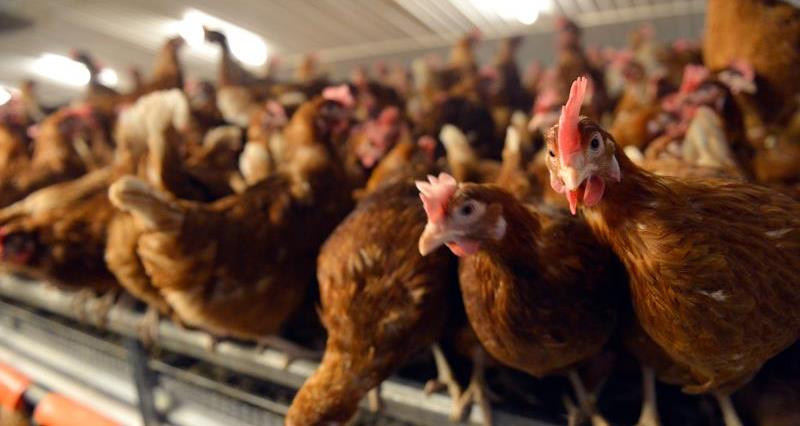The Code was last updated in 2002. The draft Code was laid before Parliament on 5 June for a period of 40 days and came into force on Wednesday 8 August. It applies to England only and replaces the Code of Recommendations for the Welfare of Livestock: Laying Hens, which was issued in 2002.
What does the new code mean for producers?
Prior to the new code being adopted, Defra consulted on the proposed document. The NFU put together a comprehensive consultation response with evidence and rationale for all points raised - read the NFU response now (login to access). The animal health and welfare and poultry teams met with the Defra welfare team to discuss the points raised ahead of submitting it; some of which related to terminology, some technical detail and other fundamental policy issues. Many of these points were considered and actioned by Defra before the document was published.
What does this mean for producers?
Following the consultation process, the review of the Code of Practice for the Welfare of Laying Hens and Pullets was broad and as such there were significant changes made to the document with a lot of detail added. With more information and detail the new Code of Practice is lengthier than the previous version.
The code of practice for the welfare of laying hens and pullets is a statutory document and provides interpretation of the legal requirements for producers. All keepers of laying hens and pullets must be familiar with, and meet, the requirements.
There are several amends and additions worth noting in the new code of practice, the requirement for catching is that birds are now held by both legs, there is detail now included for when stopping beak trimming has to be considered – see below. There is now greater detail about the actions which must be taken when specific health issues occur, for example the isolation, treatment or cull of birds if fractures are detected (paragraph 64).
There are several requirements which producers are also already doing, bringing the new code of practice in line with industry standards, this includes requirements for the health and welfare plan, the inclusion of contingency planning and the introduction of recommended routine outcome measures. The addition of definitions, which hadn’t been included before, now add greater clarity to the meaning of the included terms.
CATCHING - paragraph 124
| Text published in the new Code of Practice | NFU lobbying |
| When catching laying hens in cages, they must be removed from the cage singly to avoid injury or suffering and must be held by both legs. The breast should be supported during removal from the cage. Hens in non-cage systems, must also be caught and held by both legs. In all systems, hens should only be carried by both legs and care should be taken to avoid hitting solid objects particularly if wings are flapping. They must not be carried by their wings, head, tail or neck. The number of hens carried will depend upon the size of the hen and the ability of the carrier, but a maximum of three per hand must not be exceeded. Distances which hens are carried should be minimised as far as possible, for example, by bringing transport containers as close as possible to the hens. | The NFU pushed back on the requirements in both this document and when this was raised within the review of the meat chickens and meat breeding chickens code of practice. Points were raised referring to current practice, the additional cost, the Red Tractor Chicken Catching and Transport Standards (2017) which are widely recognised by industry and also the limited control producers have. However, following NGO pressure, Government did not include the text suggested by the NFU and other industry stakeholders. The text in the code of practice for laying hens therefore matches the text within the code of practice for meat chickens and meat breeding chickens, which passed through parliament in March 2018. |
BEAK TRIMMING - paragraphs 59 and 104
| Text published in the new Code of Practice | NFU lobbying |
| Once all management strategies are in place and good feather cover is achieved throughout lay for at least two consecutive flocks, stopping beak trimming in future flocks should be actively considered, in consultation with a veterinary surgeon and other appropriately qualified technical advisors. | The NFU pushed back on the original suggested text, which was more challenging for producers to meet, and negotiated to have more proportionate and relevant text. There are a number of caveats within the text to ensure that the decision to stop beak trimming is evidence-based with veterinary consideration. |
